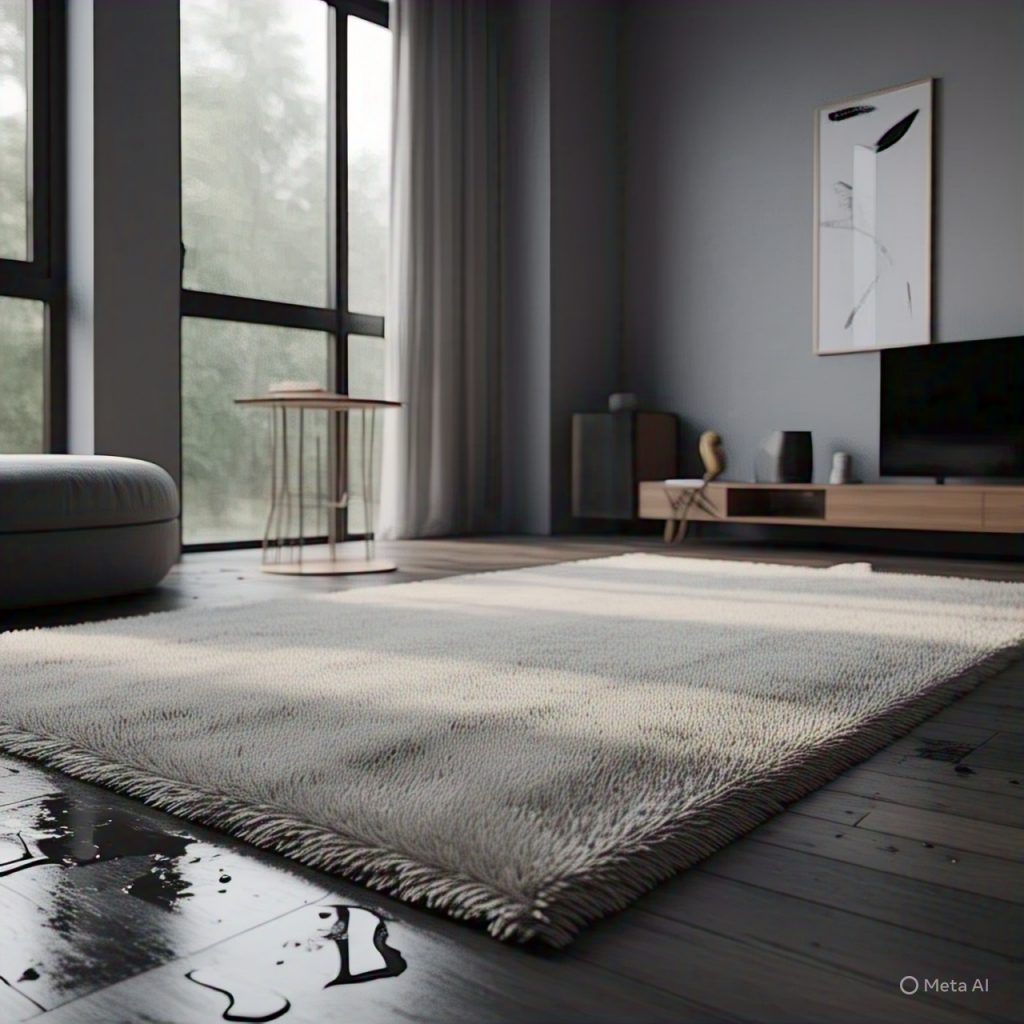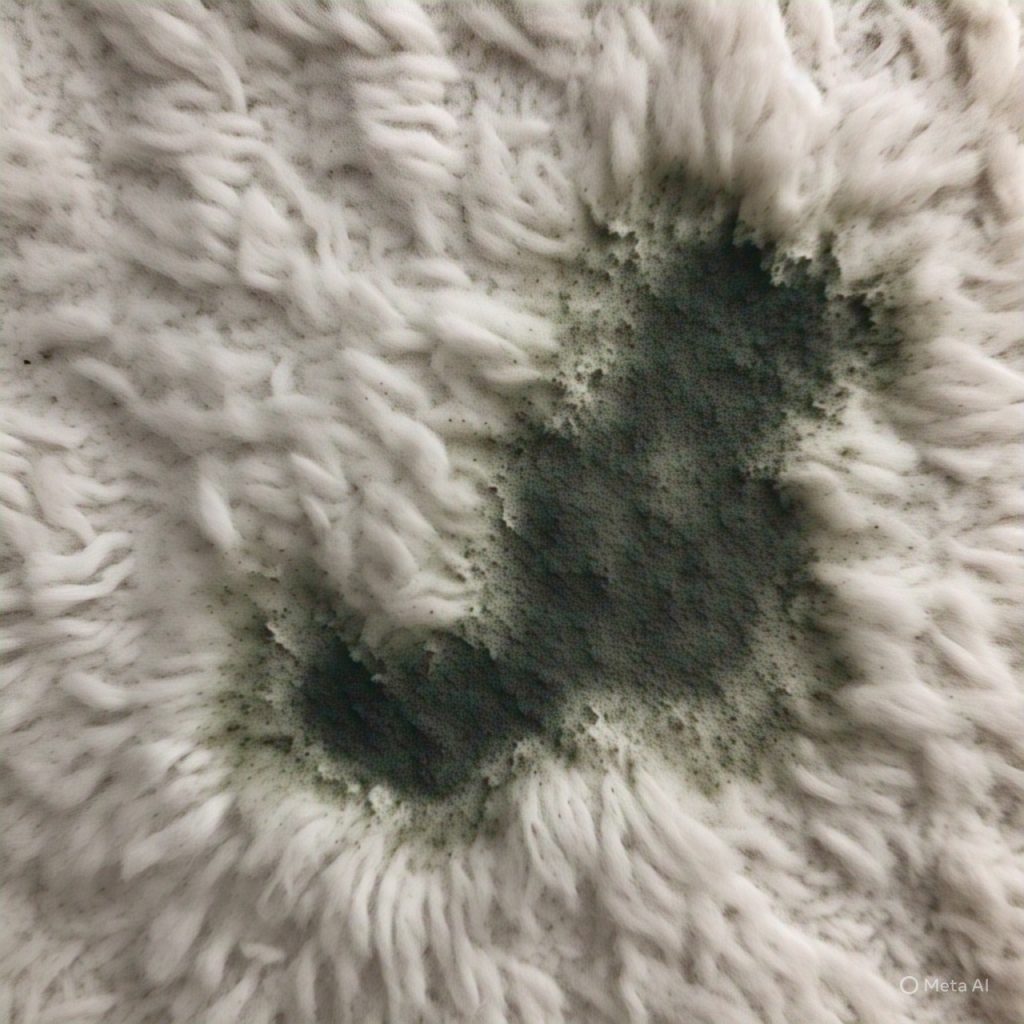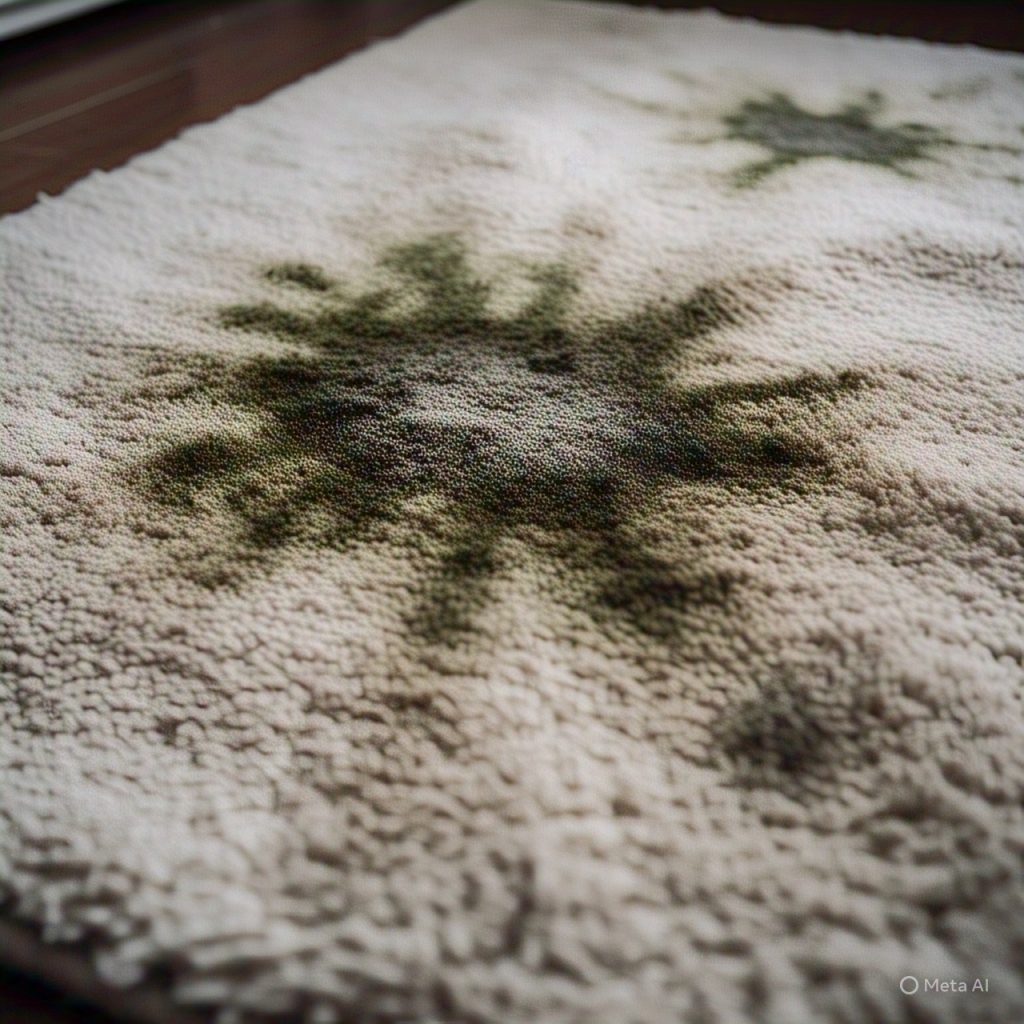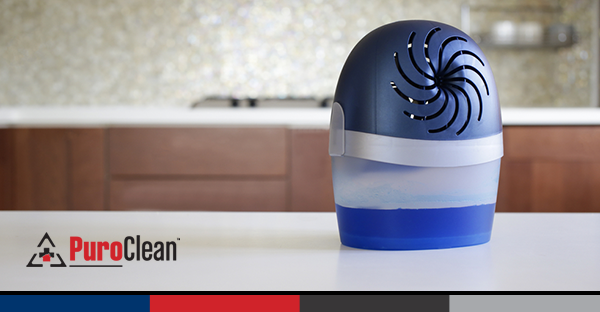Table of Contents
Mold on wet carpet: Have you recently dealt with a plumbing mishap, a flooded basement, or just forgot to dry your carpet properly after a cleaning? While it may seem like a minor issue at first, wet or damp carpets and rugs are one of the most common and dangerous causes of mold growth in the home. This silent invader doesn’t just ruin your flooring it can endanger your health, your indoor air quality, and the structural integrity of your space.
In this guide, we’ll walk you through:
- How damp carpets cause mold
- Signs mold may already be growing in your flooring
- A cautionary story based on real experiences
- DIY steps for handling it early
- When to call in professionals
- FAQs for quick clarity
Let’s dive into the hidden risks of neglected moisture beneath your feet.
Why Wet or Damp Carpets Are a Mold Magnet
Carpet is made up of layers: the surface fibers, the backing, and the padding underneath. When any of these layers retain moisture for more than 24-48 hours, they become the perfect breeding ground for mold spores, which are already present in your indoor air.

Here’s how it happens:
- Moisture gets trapped in carpet padding or under the rug.
- Lack of ventilation prevents it from drying quickly.
- Warm indoor temperatures promote mold spore activation.
- Organic material in carpets (especially wool or cotton blends) feeds mold.
The result? Hidden mold colonies that grow silently, producing musty odors, damaging floors, and releasing allergens or even mycotoxins.
A Story on Wet Carpet: Lisa’s Carpet Catastrophe
Lisa, a mother of two from a quiet suburb in Indiana, had just finished deep-cleaning her living room carpets on a Sunday afternoon. She opened a window to air out the room and thought that would be enough to dry it. What she didn’t realize was that the thick padding underneath retained water far longer.
Weeks passed, and Lisa began to notice a strong musty odor every time she entered the house. Her youngest started sneezing and coughing, and no amount of cleaning seemed to help. A month later, a friend visited and immediately asked, “Is something moldy in here?”
When Lisa pulled back the carpet, she was horrified to find large black patches of mold growing on the padding. Not only was the carpet ruined, but she had to pay for professional mold remediation and replace part of her hardwood subfloor.

Lesson: Drying the carpet surface isn’t enough. You must ensure all layers are thoroughly dried, and immediate action is critical.
3. Common Signs of Mold in Carpets
- Musty or damp smell
- Allergic reactions (sneezing, coughing, watery eyes)
- Visible dark or greenish patches
- Carpet feels consistently damp or sticky
- Increase in asthma symptoms indoors
4. DIY Mold Prevention for Damp Carpets
If the carpet has only recently gotten wet:
- Act fast. Start drying within 24 hours.
- Use fans and dehumidifiers to accelerate drying.
- Lift the carpet and dry underneath if needed.
- Sprinkle baking soda and vacuum after a few hours to remove moisture and odor.
- Use a steam cleaner or mold-killing spray formulated for carpets.
If it’s been wet for more than 48 hours or smells musty, professional intervention is likely needed.
5. When to Call the Professionals for Mold Remediation
Contact a certified mold remediation or water damage restoration expert if:
- The carpet has been damp for 48+ hours.
- You see visible mold.
- There’s a strong, persistent odor.
- Household members show symptoms of mold-related illness.
- You have expensive flooring or padding worth preserving.
Professionals use moisture meters, HEPA vacuums, antimicrobial treatments, and industrial dehumidifiers to fully restore the area and prevent recurrence.

6. FAQs
Q1: How long does it take for mold to grow in wet carpet? A: Mold can start growing within 24 to 48 hours if the carpet stays wet. This is why it’s crucial to act fast.
Q2: Can I use a hairdryer or heater to dry my carpet? A: You can, but it’s not the most effective method. Hairdryers dry only the surface. A combination of fans and a dehumidifier is much better.
Q3: Is the mold in carpet dangerous? A: Yes. Mold releases spores that can trigger allergic reactions, respiratory issues, and even cause long-term health problems in sensitive individuals.
Q4: Can I clean mold from the carpet myself? A: If the mold is minor (less than 10 sq. feet), you can try cleaning it using white vinegar, baking soda, or a commercial mold cleaner. However, if the infestation is larger, call a professional.
Q5: Does carpet cleaning prevent mold? A: Not always. In fact, if carpets aren’t dried properly after cleaning, they can create the perfect conditions for mold. Always ensure quick drying.
Q6: What kind of carpet is most mold-resistant? A: Synthetic fibers like nylon or polyester are more mold-resistant compared to natural fibers. Low-pile carpets also dry faster and are less prone to mold.
Q7: Can mold grow under rugs on hardwood floors? A: Yes. If moisture is trapped between the rug and floor, mold can grow on the rug backing or the floor itself. Always ensure the area is dry and ventilated.
Q8: Should I replace my carpet after a flood? A: It depends on how long it stayed wet. If it was soaked for more than 48 hours or smells musty, replacement is often the safest route.
Q9: How do I prevent future mold in carpets? A:
- Keep humidity levels below 60%.
- Use area rugs you can hang and dry easily.
- Avoid installing carpet in basements or bathrooms.
- Use waterproof padding if available.
Q10: Who should I call for mold in my carpet? A: Contact a certified mold remediation specialist or a local water damage restoration company like PuroClean Disaster Restoration for professional help.
PuroClean Disaster Restoration has over 19 years of experience in the mold removal, remediation and mitigation industry, with over 100 5 Star reviews on Google serving Indianapolis. Click on this link to see it’s online reviews and ratings.
Conclusion
Ignoring a damp carpet may seem harmless, but it can lead to costly and harmful consequences. Mold is relentless once it starts. Be proactive with moisture, act fast after spills or leaks, and don’t hesitate to call in experts when the job is too big to handle.
Remember: beneath your feet could lie a serious health hazard. Protect your home, your air, and your loved ones—don’t let damp carpets go unchecked.


 PuroClean Disaster Restoration
PuroClean Disaster Restoration